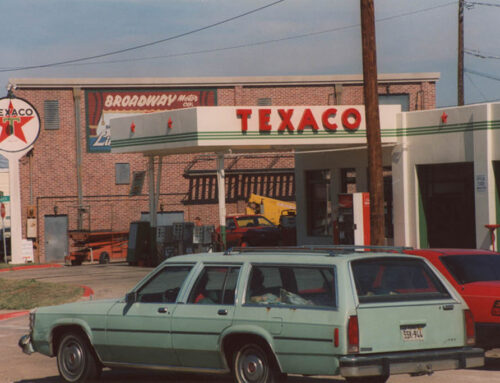 How did Vladimir Nabokov’s “Lolita,” a novel about a man who kidnaps a prepubescent girl and poses as her stepfather in public while raping her in private, come to be a literary classic?
How did Vladimir Nabokov’s “Lolita,” a novel about a man who kidnaps a prepubescent girl and poses as her stepfather in public while raping her in private, come to be a literary classic?
As the New Yorker put it last year, “Nabokov has long been criticized for draping entrancing sentences over the ugliness of sexual abuse, and ‘Lolita,’ the world’s most bravura representation of pedophilia, has aged uneasily in the #MeToo era.”
But the 1955 book, which was made into a film by Stanley Kubrick in 1962, was indeed a massive bestseller when it was published in the United States in 1958, and it’s still considered by some to be a great example of post-modern literature.
A book published last year, “The Real Lolita,” explores the story of Sally Horner, the New Jersey 11-year-old who was kidnapped from Camden, New Jersey, in 1948 and held captive in plain sight for two years by her rapist, Frank La Salle.
Author Sarah Weinman makes the case that Horner’s story inspired Nabokov to write “Lolita.”
And part of the book takes place in Oak Cliff.
Frank La Salle, a 50-year-old mechanic, caught Sally Horner stealing a notebook from a store in her hometown. He told her he was an FBI agent and that he would have her put in reform school unless she reported to him regularly.
A couple of months later, in June 1948, La Salle told Horner to tell her parents that La Salle was the father of two of her schoolmates and that they’d invited her on a vacation to the Jersey Shore.
La Salle took Horner to Atlantic City and then Baltimore, where they posed as father and daughter in public and where Horner attended St. Ann’s Catholic school.
Then, with new charges brought against La Salle in New Jersey, they moved to Dallas.
La Salle had Horner convinced that he was an FBI agent on secret assignment.
Weinman says they moved into “a quiet, well-kept trailer park on West Commerce.” Presumably that’s the Dallas West Mobile Home Park, which closed in 2013 when luxury apartments were built there.
La Salle and Horner were known then as Frank and Florence Planette.
Horner attended Our Lady of Good Counsel, a Catholic school that was on South Marsalis at Ninth Street. The school closed in 1961 and was absorbed into Bishop Dunne Catholic School.
“The Real Lolita” says neighbors in their West Commerce trailer park found the “father” to be aloof and standoffish. The girl was pleasant and “a typical 12-year-old living with her widowed father.” She had a “generous allowance for clothes and sweets. She would go shopping, swimming, and to her neighbors’ trailers for dinner …”
Everyone thought the “father” was providing for her quite well.
In December 1948, Ruth Janisch and her family moved into the trailer next door, and Janisch was suspicious of the relationship between her neighbor and his daughter.
“He never let Sally out of his sight, except when she was at school. She never had any friends her own age. She never went any place. Just stayed with La Salle in the trailer,” Janisch recounted later, according to the book.
Janisch and other neighbors noticed that the girl wasn’t herself after receiving an appendectomy at what is now Scottish Rite Hospital for Children. After the surgery, she walked like a stiff old lady, according to the book.
Janisch tried to get the girl to reveal what was really going on between her and Frank, but she wouldn’t say anything.
In early 1950, Ruth Janisch and her family packed up and moved to San Jose, California, in pursuit of work. Janisch later sent a letter to Frank La Salle in Dallas encouraging him to come west where there was more opportunity.
So in February 1950, they did.
Sally Horner had managed to confess to a schoolmate in Dallas that her relationship with her “father” included sex. The friend told Horner that behavior was “wrong,” according to the book, and that she “ought to stop.”
Finally, on March 21, 1950, Horner told Janisch that she’d been kidnapped and wanted to go home.
In the end, Frank La Salle was sentenced to 35 years in federal prison for violation of the Mann Act, bringing a minor across state lines.
Sally Horner returned to her family, but her life was cut short in August 1952 when the car in which she was riding slammed into a parked truck in Camden.
She was 15.





